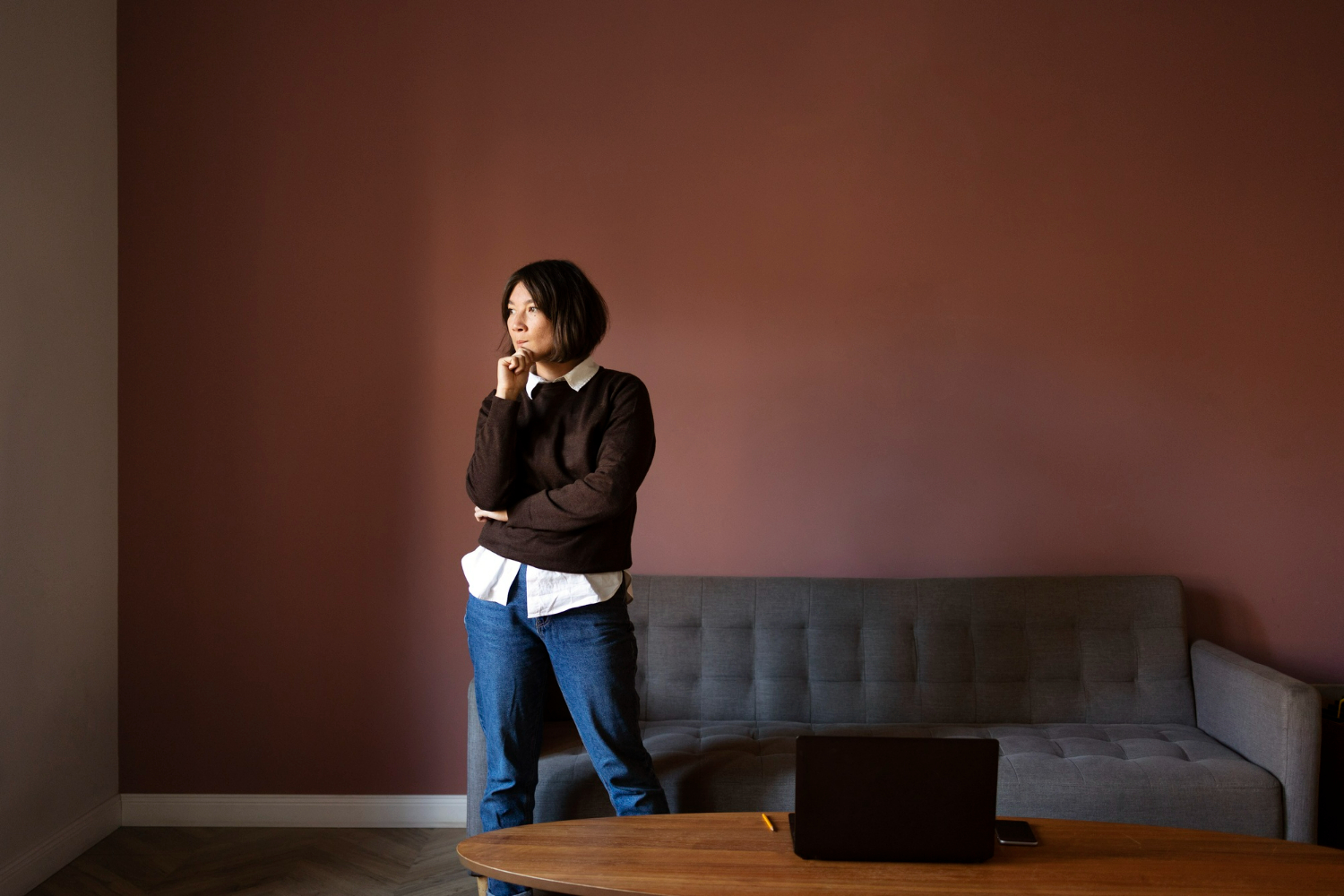Introduction
As our lives become increasingly entwined with technology, a stealthy disruptor emerges—Screen Time Insomnia. In this exploration, we unravel the intricate dance between screens and sleep, unveiling the impact of technology on our nightly rest.
The Evolution of Screens
From the cathode rays of the past to the vibrant digital pixels of today, screens have undergone a remarkable evolution. The proliferation of screens in daily life, from smartphones to tablets, marks a profound shift in our relationship with technology.
Defining Screen Time Insomnia
Screen Time Insomnia is not merely a catchy phrase; it represents a distinct sleep disruption in the digital age. To comprehend its impact, we delve into the underlying mechanisms that turn our screens into sleep adversaries.
The Blue Light Menace
Blue light, the unsung disruptor of our sleep-wake cycles, spans a broad spectrum. This section sheds light on the intricacies of this menace, exploring its role in throwing our circadian rhythms into chaos.
Bedtime Screen Rituals
The bedtime scroll, a ubiquitous modern ritual, has become an intrinsic part of our nightly routine. However, the neurological stimulation induced by screens contradicts the tranquility required for a seamless transition into restful sleep.
Disrupting Sleep Architecture
Screen Time Insomnia goes beyond delaying our bedtime; it interferes with the very architecture of our sleep. By unraveling the complexities of REM sleep and the siege on deep, restorative sleep, we gain insights into the profound impact screens have on our nightly rest.
The Rise of Tech-Induced Sleep Disorders
In the digital age, sleep disorders, especially insomnia, are on the rise. The surge in digital connectivity gives birth to technophonia—anxiety rooted in the fear of disconnection in our hyper-connected world.
Vulnerable Minds: Children and Screens
Children, with their developing brains, are particularly susceptible to the impact of excessive screen time. This section navigates the intersection of screen exposure and the necessity of sleep education for the younger generation.
Strategies for Reducing Screen Time
Acknowledging the disruptive influence of screens, practical strategies emerge. Digital curfews set boundaries in the digital landscape, while blue light filters act as shields against the glare that disturbs our sleep.
Mindful Tech Consumption
The art of cultivating mindful tech consumption requires recognizing screens as tools rather than constant companions. This section advocates intentional screen engagement, prioritizing quality over quantity, and establishing healthy digital boundaries.
Creating Tech-Free Zones for Sleep Sanctuaries
Revolutionizing our bedrooms into tech-free zones is not a symbolic gesture; it is a pivotal step in reclaiming our sleep sanctuaries. By exploring the transformative power of unplugging and unwinding, we redefine our nighttime rituals for optimal rest.
Digital Detox: A Prescription for Restful Sleep
Periodic digital detox becomes a prescription for optimal well-being. The art of disconnecting in a connected world is a nuanced approach to restoring balance in our tech-immersed lives.
Conclusion
In balancing the wonders of technology with the necessity of sleep, we empower ourselves with digital well-being practices. This is the key to unlocking restful nights in the midst of a tech-dominated era.



















